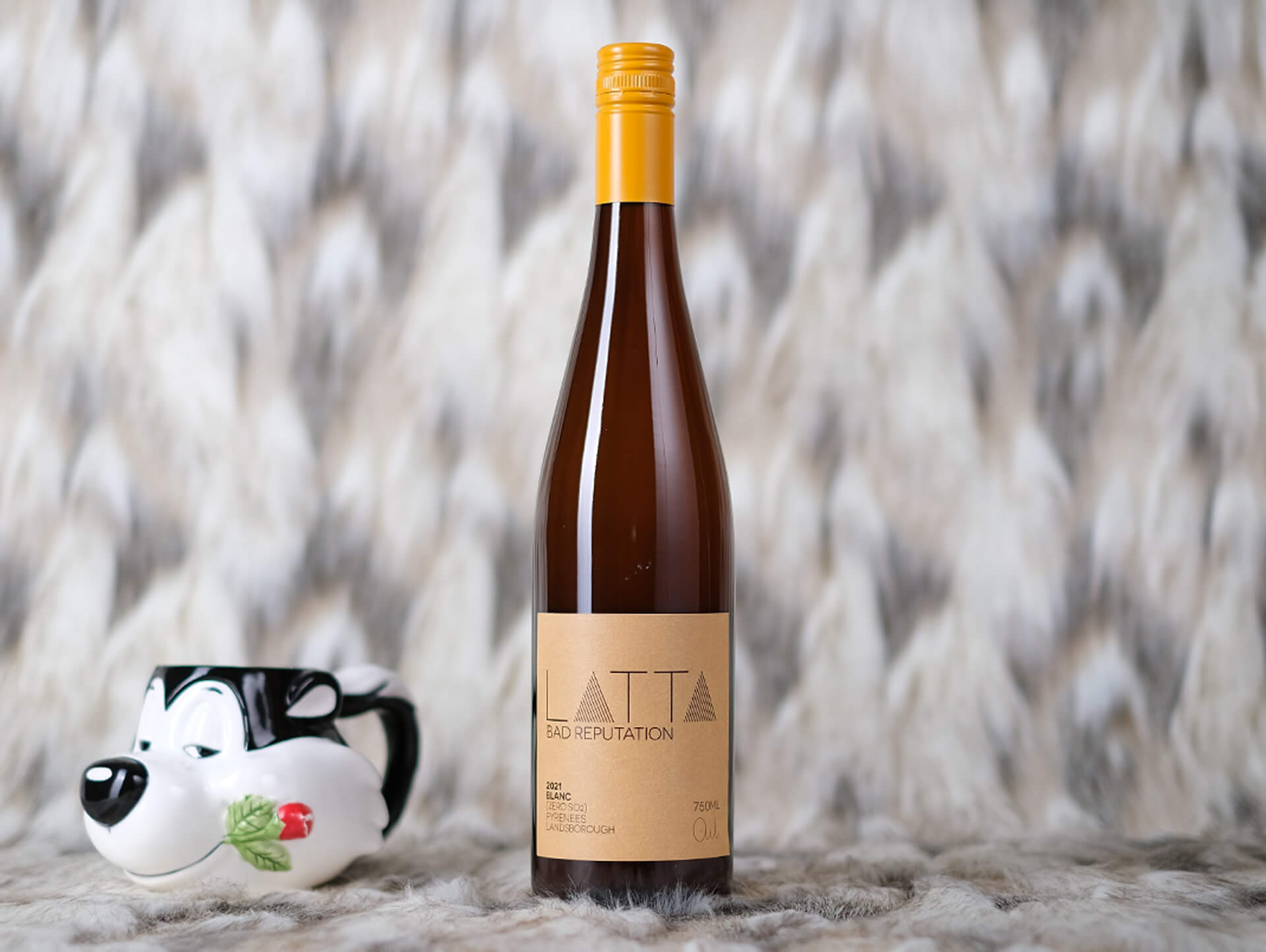Owen Latta’s take on viognier is a world away from the norm of exotically lifted wines, dripping in apricot floral. Instead, his is a wine of orchard fruits creeping to ripeness with pops of honeycomb and nuts, a slip of texture and a gently pithy palate to gnaw on.
Tasting note
Hazy green gold in the glass, this has lifted notes of crushed cider apples, white peach and not-yet ripe apricot. There are some nutty notes accented with caramel and honeycomb, and a little custard apple. The lack of fining and filtration gives this a chewy, textural quality, combining with gentle acidity to structure this through the finish.
Themes of this wine
Viognier
A highly aromatic grape, viognier is very distinctly scented with apricot, which can vary from the flesh, to the kernel, to apricot blossom, and those characters can be extremely exotic when quite ripe. It is also a grape that is quite phenolic but with low acidity. So, ripe examples will tend to be luscious and rich with high alcohol. Picked earlier and the apricot notes are more delicate, with acidity more of a feature.
Sulphur dioxide
Sulphur is a naturally occurring preservative and antioxidant, which helps to protect wine from losing its natural flavours and from undesirable oxidative reactions to occur. Sulphur can be used at various stages in the winemaking process, and natural winemakers can even use it, though only when bottling, and only in small doses. In fact, many winemakers prefer to only use it at bottling to protect their wine on what can be a long journey before it is opened. Some makers believe that a wine without sulphur is more expressive of the both the natural flavours fruit and the expression of site, but much care needs to be taken to ensure those wines are stable and protected.
Un-fined and unfiltered
Many wines are filtered and fined before bottling. Fining is a way of clarifying the appearance of a wine and also to remove unwanted phenolics that may make a wine bitter or simply too tannic. Common fining agents are casein (milk protein), egg whites and isinglass (obtained from fish), while bentonite (clay) is also commonly used, and enables vegan labelling. Filtering a wine removes unwanted matter, too, and if a wine is sterile filtered it will stop microbial spoilage, the production of brettanomyces and refermentation in bottle if the wine has residual sugar in it. Some makers believe that fining and filtration removes flavour and texture, so avoid it, and while some wines may look hazy, perfectly clear wines can be made, too.
Pyrenees
The wine zone of Western Victoria contains the three major regions of the Grampians, the Pyrenees and Henty. Being the furthest inland to the north-east, the Pyrenees is more continental in climate with warm days and cold nights. The Pyrenees were planted to vines in the 19th century, with the last vines disappearing in the 1940s, before replanting in the 1960s. Interestingly, sparkling wine was an early focus in the Pyrenees, though the warm summer days make ripening later picked red varieties, such as cabernet sauvignon, a reliable proposition. The fact that both things are possible is testament to the heterogenous nature of the region. The modern founders are still the region’s most acclaimed names, such as Blue Pyrenees, Taltarni, Mount Avoca and Dalwhinnie.



